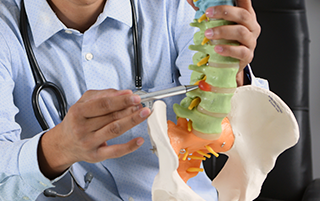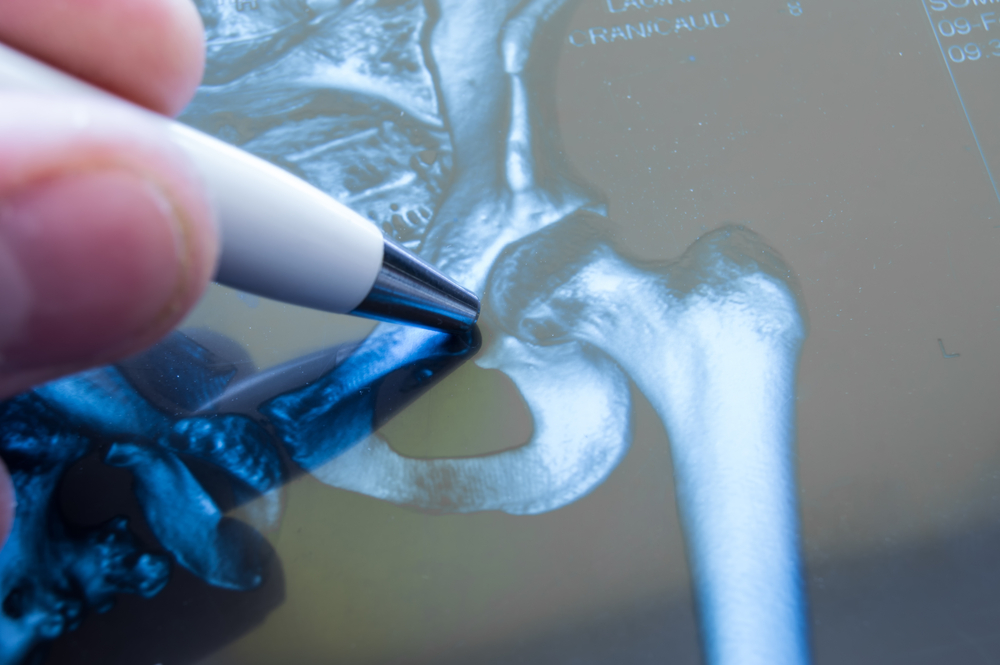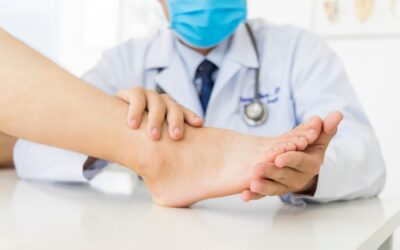World Arthritis Day, observed every year on the 12th of October, serves as a reminder of an often overlooked condition that affects millions of people around the world; arthritis. While typically considered an age-related illness, arthritis is now increasingly affecting the younger population, even those who are in their 20s and 30s. Conditions such as rheumatoid arthritis and ankylosing spondylitis are no longer considered rare in young adults, with millions of people under 40 dealing with the pain, stiffness, and mobility issues that come with such conditions. This World Arthritis Day, let’s raise awareness about arthritis, learn about self-care tips, and explore innovative treatments while understanding the significance of early diagnosis and better support systems for those living with this condition.
History of World Arthritis Day
World Arthritis Day was first organised on October 12, 1996, by Arthritis and Rheumatism International (ARI), a network of international organisations that aim to raise awareness about arthritis and rheumatism and support and improve the lives of people who have this condition. Since 1996, many other global communities, such as the Arthritis Foundation, have joined hands to bridge the awareness gap and provide support and access to the communities while advocating for strong policies and increased support for research work in the field.
The Theme of World Arthritis Day 2024
The theme of World Arthritis Day 2024 is “Informed Choices, Better Outcomes”, which highlights the importance of evidence-based information in empowering individuals to manage their health effectively. This year’s theme encourages people to educate themselves about the condition, seek accurate diagnosis, and explore traditional and innovative treatment options. The aim is to empower people living with arthritis to take control of their health and improve their quality of life.
What is Arthritis?
Arthritis is a term used to refer to more than 100 conditions characterised by pain, swelling and stiffness in one or more joints, often affecting the surrounding tissues. People across all age groups, races, and genders can develop arthritis. As a result, it is one of the leading causes of disability among people globally. While arthritis is common among women and elderly people, it is not strictly an age-related illness. In fact, recent reports indicate that over 22–39% of the Indian population suffers from arthritis, with a notable increase in the number of arthritis cases in young adults.
Symptoms of Arthritis
The symptoms of arthritis may vary from mild to severe and may come and go. That said, common symptoms of arthritis include:
- Chronic pain: This is one of the most common symptoms of arthritis. The pain could be dull or severe and may get worse while doing some activity or in the evening.
- Swelling: inflammation around the joints can lead to swelling, making it difficult to move the affected joint.
- Stiffness: Many people dealing with arthritis often complain of stiffness in joints, especially in the morning or after sitting for a long duration.
- Skin Redness: People dealing with arthritis may find their skin over the affected joint appears red or feels warm to the touch due to the inflammation in that joint.
- Limited Range of Motion: The affected joint may become stiff/less flexible limiting the movement of that joint, which may affect daily activities.
Types of Arthritis
There are various types of arthritis, each with its own causes, symptoms, and treatments. Here are some of the common types:
Osteoarthritis (OA)
Osteoarthritis OA is the most common form of arthritis, which can damage almost any joint but it usually occurs in hands, spine, hips, and knees. It is caused by wear and tear on joints over time and is typically associated with ageing. Its symptoms include joint pain, swelling, stiffness, and decreased mobility in the affected area, and its treatment usually includes painkillers, physical therapy, weight management, and sometimes surgery.
Rheumatoid Arthritis (RA)
It is a type of autoimmune inflammatory arthritis, in which the body’s immune system mistakenly attacks its own tissues including joints. This type of arthritis commonly attacks hands, wrists, knees, and feet. Some of the symptoms of RA include symmetrical joint pain, stiffness, swelling, and fatigue. While there is no cure for rheumatoid arthritis, the treatment usually includes physiotherapy, disease-modifying antirheumatic drugs (DMARDs), biologics, and pain relief medications.
Infectious Arthritis
Infectious arthritis, as the name suggests, is caused by a bacterial, viral, or fungal infection. This type of arthritis usually occurs when an infection from another part of the body spreads to a joint, often the knee. Some of the typical symptoms of this type of arthritis are swelling, pain and fever that can be sudden and intense, but with the right treatment involving antibiotics or antifungals, the infection can be treated.
Gout (Metabolic Arthritis)
This type of arthritis is caused by the buildup of uric acid crystals in the joints. Normally the body has a mechanism to eliminate excess uric acid from the body, but when it’s unable to do so, the uric acid starts to accumulate in joints causing sudden and severe joint pain, especially in the big toe. To treat this type of arthritis, medications are prescribed to lower uric acid levels along with anti-inflammatory drugs. Patients may also be asked to make certain dietary changes.





0 Comments